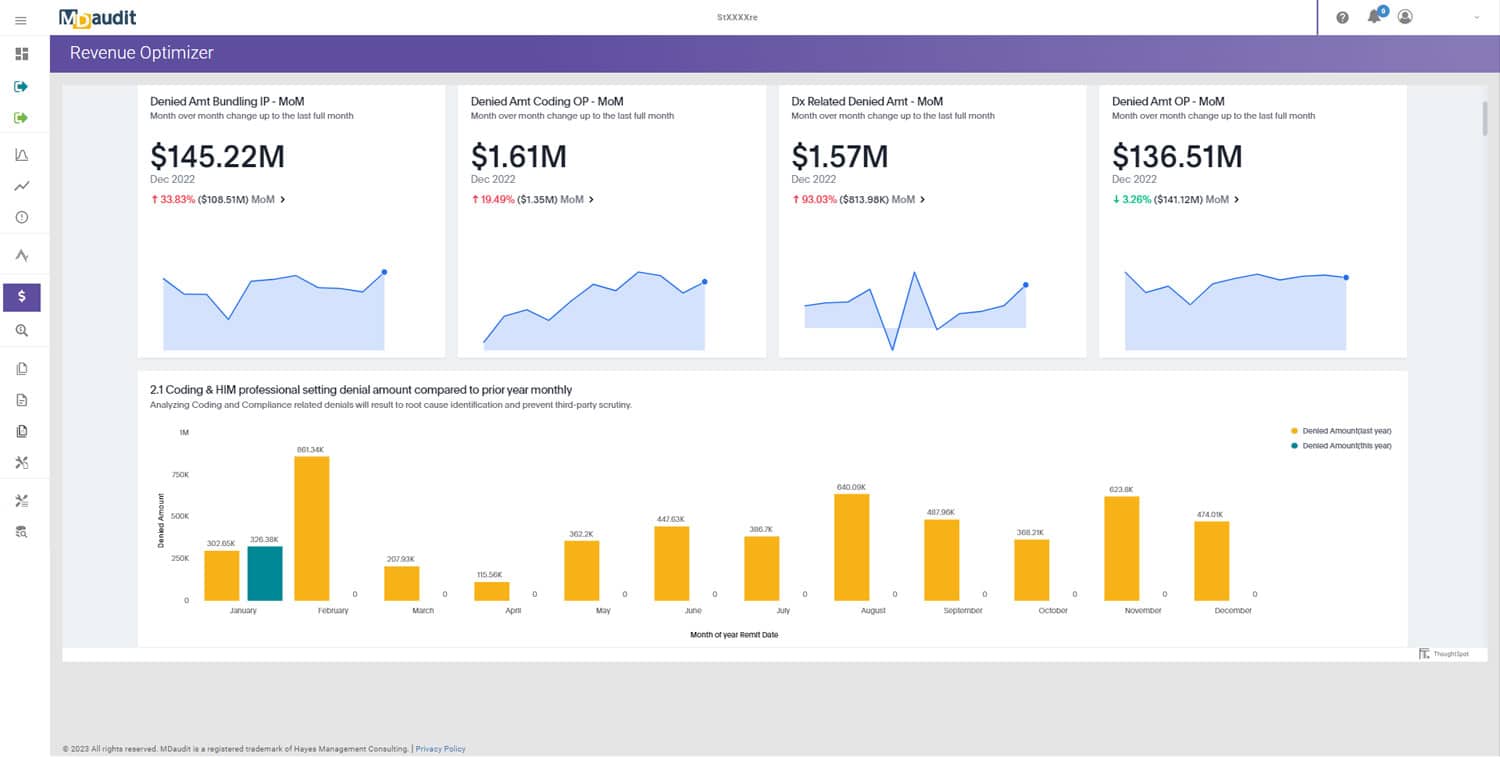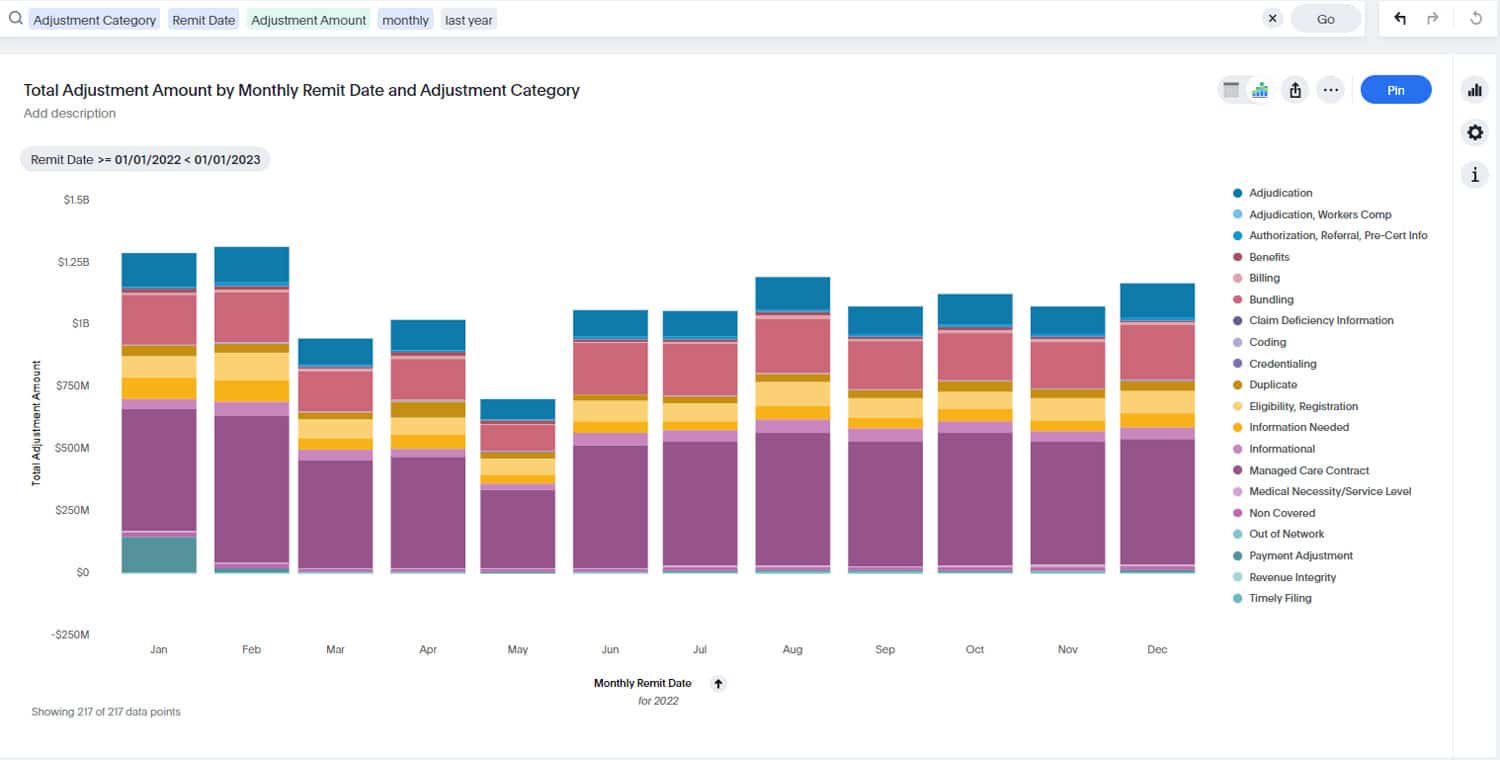(Updated August 2025)
FAQs:
What are prospective audits?
What are retrospective audits?
Which audit is best?
How do they work together?
In virtually every industry, there is always the tug-of-war question: Do you want it fast or do you want it right? This is particularly applicable when it comes to submitting healthcare claims for reimbursement.
Revenue cycle leaders want claims to go out as soon as possible to keep the revenue stream flowing. Delays in claim submissions can have a negative impact on an organization’s cash flow, which is why many organizations set internal targets of three to five days from the date of service for claims to be dropped.
But timely submission can’t come at the expense of accuracy. The fiscal year (FY) 2024 Medicare FFS estimated improper payment rate was 7.66%, representing $31.70 billion in improper payments. Best practices dictate a 95% clean claims rate to be a healthy metric for the revenue cycle.
Anything less than that can trigger an external audit or crippling denials.
So, what’s the best strategy, and how should it be executed?
Prospective audits take place before claim submission, and focus on reviewing specific, targeted cases. These cases are often selected on the basis of the Office of Inspector General (OIG) work plan targets and from high-risk areas identified in prior external audits.
The goal of a prospective audit is to catch any billing or coding errors before the claim is submitted. It’s worth noting that retrospective audits within the MDaudit Community increased by 10% and prospective audits increased by 275% in 2024 compared to the same period in 2023.
Retrospective audits involve reviewing claims that have already been submitted – and preferably adjudicated – as either paid, denied, or pending. The goal of a retrospective audit is to do a ‘deep dive’ on the internal claims process and identify.
Strategy for Billing Compliance and Revenue Teams
The best deployment of proactive and retrospective audits occurs when billing compliance and revenue integrity/cycle work together.
Billing Compliance should take a proactive approach by:
- Employing a blend of prospective& retrospective audits.
- Start shifting towards a higher percentage of prospective audits.
- Using analytics, AI &benchmarking to unearth risky billing patterns, & ‘at-risk’ provider populations to audit prospectively.
Meanwhile, Revenue teams can do their part by:
- Adopting a pre-bill/predictive approach.
- Using technology to interrogate pre-bill charges to identify:
- What is most likely to be denied and how to fix it
- Versus payer adjudication policies
Resulting in:
- Higher FPP rates
- Less DAR
- Healthier margins
The goal is to be predictive but maintain the ability to pivot immediately and respond to ADRs and other payer demands.
A Closer Look
Advocates for prospective audits stress the benefit of preventing incorrect claims from going out, thereby reducing the chance of denials. Prospective audits also show CMS and other payers that the organization is being proactive in its coding and billing processes. Proponents of prospective audits also believe that submitting clean claims results in quicker payments for the organization.
However, there can be disadvantages with prospective audits alone. Unless the compliance department has unlimited resources – which is highly unlikely – it is only able to audit a small number of claims prior to billing. Most prospective audits encompass five to ten cases from specific providers or problem areas, a sample size that represents less than one percent of all claims – a statistically insignificant number. Even if this small set of claims goes out perfectly, it still leaves 99 percent of claims that will not be reviewed and may still contain errors.
If errors are found in the small subset of audited claims, those claims will have to go back through the process to be corrected and reviewed again, creating longer lag times and holding up payments.
Retrospective audits have the advantage of time; they’re not subject to the same time pressure that prospective audits are under. Claims have already been submitted and adjudicated so there is time to do a thorough, in-depth analysis. Without the time pressure, the billing compliance team can expand the audit scope and review as many cases as needed to uncover troubling trends or worrisome providers.
The major benefit of a retrospective audit is that the compliance group can gather and analyze a larger data set and communicate the findings back to the revenue cycle team and providers. This enables the organization to get to the true root cause of any problems uncovered – and initiate a comprehensive corrective action program focused on the impacted areas, whether they be registration, pre-authorization, clinical documentation, or coding.
The disadvantage of retrospective audits is that they don’t prevent incorrect claims from going out, which jeopardizes meeting the CMS-mandated percent accuracy threshold. This can expose the organization to additional outside audits, increased denials, and delayed payments.
The marriage of prospective and retrospective audits
The answer is that neither prospective nor retrospective audits (on their own) are sufficient to ensure an error-free claims process. However, combining both types of audits can leverage the advantages, minimize the disadvantages, and result in a powerful way to address both objectives: clean claims and timely filing.
Starting with a retrospective audit can help overcome the biggest drawback to a prospective audit—the lack of statistical significance. The prospective audit’s randomness does little to prevent errors in the vast majority of claims submitted. However, compliance teams can use the insights and trends uncovered during prospective audits to perform a more wide-ranging retrospective audit to target specific problem areas.
As a result, although auditors are only reviewing a small subset of the total claims submitted, they are focusing their review on errors that have been determined to be risks based on a much deeper analysis provided by the retrospective audit. This increases the likelihood that the prospective audit will actually be reviewing the claims most likely to have errors.
Combining prospective and retrospective audits results in a revenue integrity program that is focused on process improvement and corrective action. This approach involves identifying the root cause of errors and educating stakeholders to prevent inaccurate claims, rather than just catching bad claims and fixing them.
Partner with a vendor that can ingest your pre-bill and claims remittance data at scale to create predictive analytics.
Solutions like MDaudit can be immensely helpful for conducting both prospective and retrospective audits. Automating much of the auditing function, the right technology frees up valuable resources to allow auditors to focus on the deep analyses necessary for success.
Relying on just one type of audit will likely not achieve the results compliance officers need in the present environment of increased scrutiny. Harnessing the advantages of both is the best way to maximize the effectiveness of both the audit function and overall revenue cycle management.
For more information on how to continually audit and monitor healthcare claims in 2025 and beyond, contact us or tour MDaudit.








